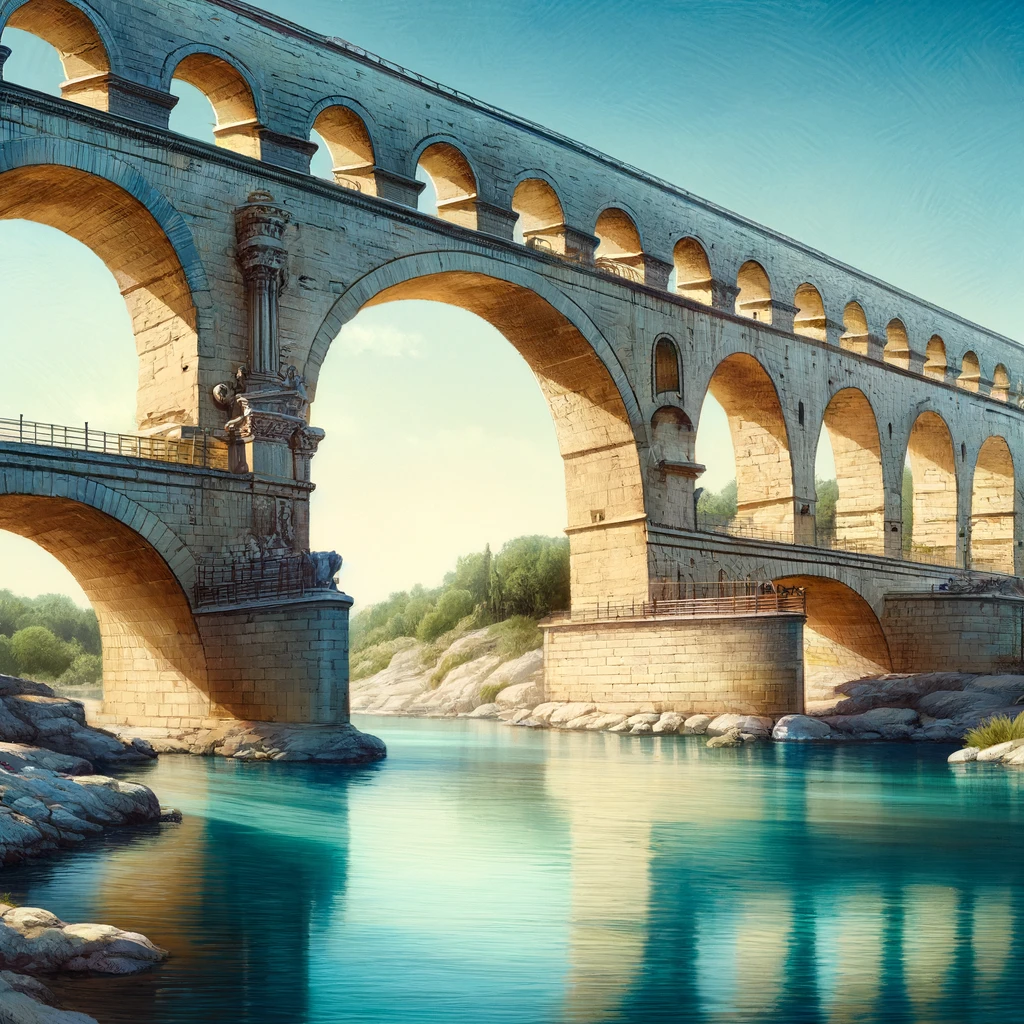Bridges have long stood as symbols of engineering ingenuity and human resolve, connecting cities, countries, and cultures. The development of bridge design from ancient times to the present day reflects advancements in materials, technology, and an understanding of physics. This article explores the significant milestones in bridge design, emphasizing how these structures have evolved from simple logs across streams to the complex and awe-inspiring constructions that define skylines around the world today.
Ancient Beginnings
The earliest bridges were natural formations, such as fallen trees or stepping stones across small streams. As civilizations advanced, so did their bridge-building techniques. One of the oldest known man-made bridges, the Arkadiko Bridge in Greece, dates back to around 1300 BC. It was built using a corbel arch technique, where stones were laid horizontally in the walls, each layer slightly closer to the center than the one below it until the gap was bridged.

Roman Engineering
The Romans, recognizing the strategic and commercial benefits of bridges, transformed bridge-building into a form of art and science. They introduced the use of the true arch, constructed from keystone and voussoirs, which evenly distributed weight and allowed for much larger and sturdier structures. Perhaps the most famous example is the Pont du Gard in France, a testament to the durability and engineering acumen of the Roman Empire.

Medieval Developments
During the medieval period, the design of bridges often included fortified gates and towers, serving both as critical transportation links and as defensive structures. The Mostar Bridge in Bosnia and Herzegovina exemplifies the blend of utility and aesthetics typical of medieval stone bridges, with its pointed arch and the inclusion of a watchtower.

The Industrial Revolution and the Advent of Iron and Steel
The Industrial Revolution brought about a radical change in bridge construction. Iron, and later steel, allowed for the creation of longer spans and more daring designs. The iconic Brooklyn Bridge, completed in 1883, combined cable-stayed and suspension bridge elements, using steel cables and massive stone towers, symbolizing the bold, forward-thinking spirit of the age.

Modern and Contemporary Bridges
Today’s bridges combine aesthetics with the cutting-edge in materials science and engineering practices. Cable-stayed and suspension bridges dominate skylines, but new materials like carbon fiber and design methods such as computer-aided design (CAD) are pushing boundaries even further. The Millau Viaduct in France, the world’s tallest bridge, exemplifies the pinnacle of modern bridge design with its sleek profile and minimalistic aesthetic, using advanced materials and techniques that reduce the bridge’s visual and environmental impact.

Conclusion
The evolution of bridge design is a fascinating journey through human history, reflecting our societal, technological, and aesthetic aspirations. From ancient stone arches to towering modern marvels, bridges not only facilitate transportation and commerce but also showcase the heights of human creativity and engineering prowess. As we continue to innovate and build, the bridges of the future will undoubtedly push the boundaries of design and function even further.


